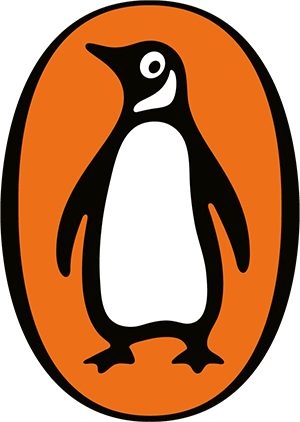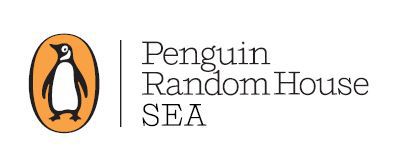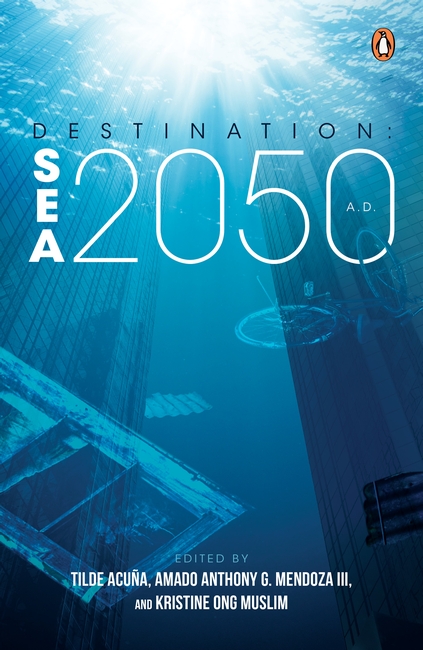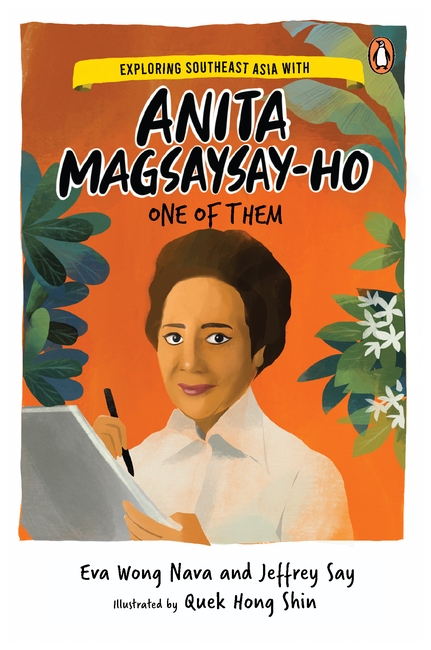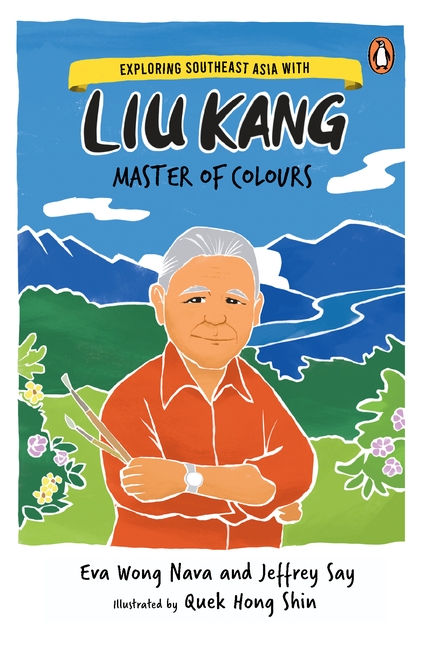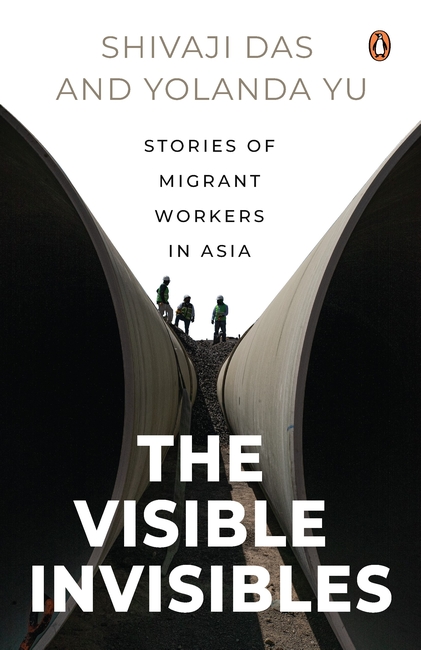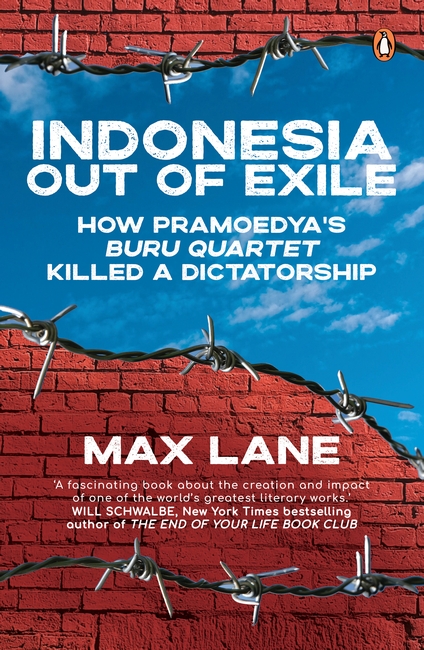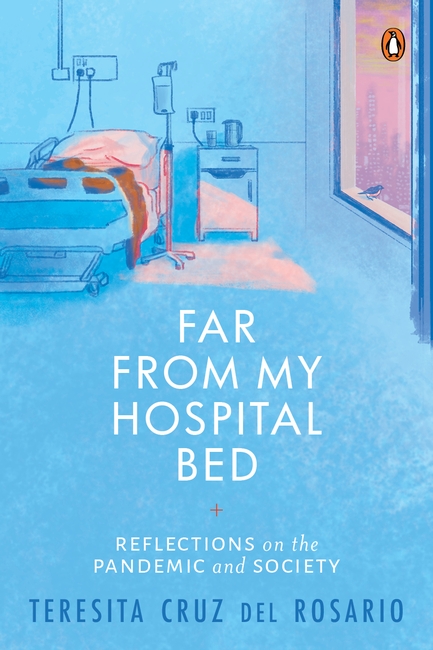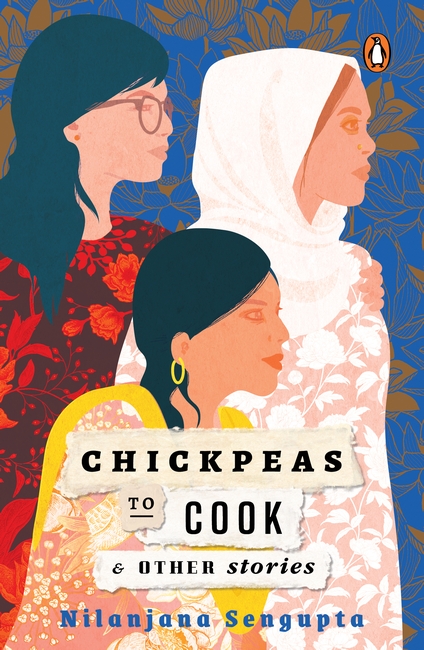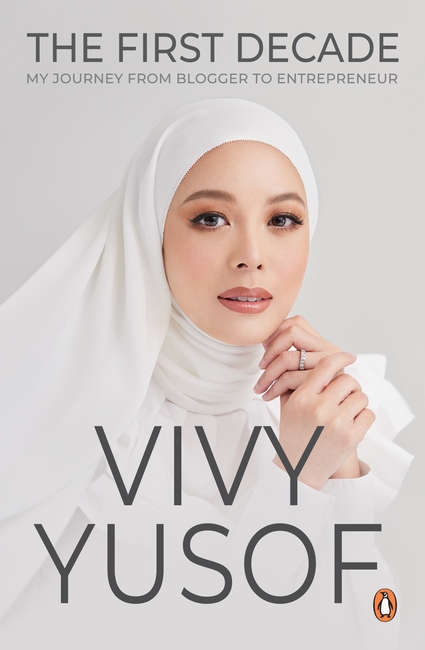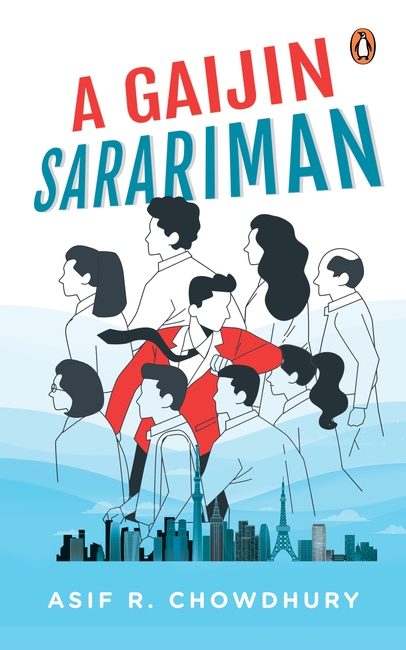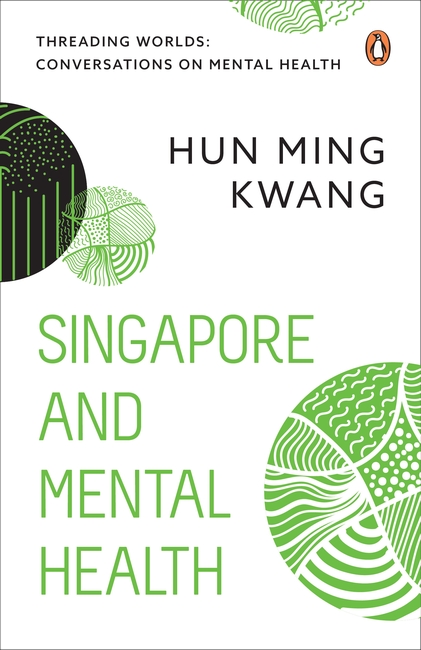
Destination: SEA 2050 A.D. the first Southeast Asian fiction anthology that imagines-based on scientific projections-the world of the year 2050, the same year when 90 percent of the planet’s coral reefs are expected to decline, when plastic is found inside 99 percent of all the world’s seabirds, when there is severe water shortage in Asia, when growth in the world’s populations stops, and when the elderly outnumber children in most places on Earth.
Short stories and graphic narratives from a veritable literary supergroup from all over Southeast Asia and with each story painstakingly annotated, will paint a vivid, often disquieting but at times hopeful, vision of an environmental futurist spread. Destination: SEA 2050 A.D. is a travel through time and into the heartland of the global conversation on the final stages of the sixth extinction.

EXPLORING SOUTHEAST ASIA WITH… is a series of narrative non-fiction picture books for young readers between the ages of seven and twelve. Each book will focus on one national artist, taking readers through the country’s history, the artist’ place within its history, and how art is a reflection of our times. Each book contains critical thinking questions comprising visual thinking strategies (VTS), an enquiry-based method to encourage children to think about the content and formal structure of the artworks.The series encourages young children to read about artists who had made an impact on the art scene in Southeast Asia.
ANITA MAGSAYSAY-HO is a Filipina artist who was part of a group of artists known as the Thirteen Moderns in the Philippines. She was the only woman in the group. Magsaysay-Ho is a Social Realist painter who documented the life and culture of the Philippines in the early 20th century. Through her art, the story will take readers through the history of the Philippines and how women formed a large part of the labour force. The story invites young readers to examine the life of a female artist, the constraints as well as the liberty of being the only woman in a group of renowned male artists. NAG-IIPON NG DAYAMI (GLEANERS), painted in 1975 is one of Magsaysay-Ho’s works that will enable readers to understand the core tenets of Social Realist art.

EXPLORING SOUTHEAST ASIA WITH… is a series of narrative non-fiction picture books for young readers between the ages of seven and twelve. Each book will focus on one national artist, taking readers through the country’s history, the artist’ place within its history, and how art is a reflection of our times. Each book contains critical thinking questions comprising visual thinking strategies (VTS), an enquiry-based method to encourage children to think about the content and formal structure of the artworks. The series encourages young children to read about artists who had made an impact on the art scene in Southeast Asia.
The main character in this story is LIU KANG. Readers explore a segment of Singapore’s history through Liu Kang’s seminal work, Life By The River. The story takes readers through a slice of Liu Kang’s life in Singapore before the founding of the Nanyang style, an art movement that has become embedded in the art history of Singapore. Readers will see how Liu Kang struggled to find artistic inspiration in Malaya and how a trip to Bali changed his mind and perception of home. Weaved into the story is that of Singapore seen through the lens of the artist. Children will learn about pre-independence Singapore, its landscape, and people.

A domestic worker from the Philippines runs away from her husband who’s set out to kill her. A mine-blaster looks at his X-ray scan to realize that all he has earned from his sixteen years of work is a catalogue of chronic diseases. An undocumented factory worker in Malaysia takes refuge in the wild to escape from the police.
A construction worker in India is abducted and sold as a bride to a stranger. Migrant sex workers in Thailand scrimp to stretch their vanishing savings, having lost all their customers due to COVID-19. A cleaner from China struggles to cope with the cultural oddities while working in an Indian restaurant. Domestic workers in Singapore lament the hopelessness of finding love in a foreign land. A landscaper tries to rebuild his life with a reconstructed ‘alien’ face after he suffers a massive explosion. A project engineer who once hated his native village, now plants trees to preserve its nature.
Told in their own voices, the stories presented in this collection paint an intimate portrait of the lives of low-wage migrant workers in Asia. By exploring themes of employer-employee power imbalance, love, death, religion, racism, friendship, alienation, family dynamics, digital inequality, social liberties, and migration’s transformative capacity, the collected stories provide a nuanced understanding of domestic and international migration, one of the defining trends in our world today.

In 1981, a new company, Hasta Mitra, founded by three men just released from over a decade in prison, published a novel written in a prison camp by Pramoedya Ananta Toer. The novel was This Earth of Mankind. It told the story of the early gestation of the Indonesian national awakening. The dictatorship eventually banned it after several months of tactical struggle by the three men, Pramoedya himself and the fighters of Hasta Mitra, Joeoef Isak and Hasyim Rachman. In defiance of the dictatorship, they went on to publish the three sequels to This Earth of Mankind, each time followed by another battle and then a ban.
This book tells of these men’s struggle, their arrests and imprisonment-the story of the writing of Pramoedya’s novels in Buru Island prison camp. They return from exile to a different Indonesia, its radical past suppressed and its people terrorised. Pramoedya’s epic novels starting with This Earth of Mankind then explodes onto the scene. Set in a time when even the idea of Indonesia had not yet formed, the book tells an inspiring creation story. The story of that early struggle and of the amazing effort to publish Pramoedya’s novels in the face of repression inspired a new generation of youth who succeeded in breaking the dictatorship. Today, a new generation is being inspired by those same books. So what comes next?

Far From My Hospital Bed is a collection of non-fiction essays that were assembled over two years, starting from the author’s twenty-five day stay in a Singapore hospital recovering from COVID-19. It is a book that is part story-telling, part autobiography, part meditation, part memory, part history, part sociology,
and part manifesto.
There are many tones in each of the essays: sorrow, grief, fear, anxiety, enthusiasm, admiration, celebration, remembrance, humour, sarcasm, admonishment. There are chapters on gardens, noodles, toilet paper, God, Twiggy, sex, Zoom, and the Apocalypse.
Finally, this book is big on hope for a redemptive future for humanity and a plea to remake our world.

Chickpeas to Cook is the story of the woman of the tribe, women from some of the smallest of communities, often no more than a few hundred families in Singapore. How do these women live, think, breathe? What does the Dawoodi Bohra woman answer, for instance, when she’s asked if her daughter will don the ridah after marriage? When does the Sikh woman decide it’s time to come out of her brother’s shadow and live for herself? What does the Eurasian woman do when her DNA report arrives and it doesn’t quite tally with what her parents told her? What does the Zoroastrian woman tell the author about bridges and confluences while she helps her navigate a difficult period of introspection?
Yes, it’s a world of dwindling walls, a veritable house of mirrors where reflections bounce off each other into infinitude, yet each appears more familiar than the last. It’s about ordinary women living ordinary lives, taking ordinary decisions, made extraordinary only by the love, empathy and fortitude they invest in it. But beware! For under the haunting haze lies magic – a woman’s communion with herself, with the truths of the universe. And when the individual stories are sown together, it transforms yet again, into a connected journey of intimate understanding.

I started a blog. I borrowed USD 16,000. And now, I’ve built a multimillion dollar fashion company, garnered 1.8 million followers on Instagram and managed to squeeze in time to get married and give birth to not one, but four children.
Perfect for young entrepreneurs, this book shares the secrets of my entrepreneurial journey so far-from starting a business with my boyfriend (telling my dad sure was fun), to fundraising, to managing a team of 400 people, to dealing with the good and bad of social media, and to pretending to nod when my tech team talks about cookies.
I share my proud wins for you to get inspired by, and my juicy failures for you to eat popcorn to.
Always a work in progress, my story is unfinished.
But for now, allow me to present to you, The First Decade.

People who work for companies for monthly salaries are known as sarariman in Japan. They are the foot soldiers who, through their hard work and dedication, enabled the meteoric transformation of Japan into a global economic powerhouse from the ruins of the Second World War. Like the famous bushido or the ‘way of the warrior’ of the old samurai clan, these sarariman are a breed of their own, with their own work ethics and social practices. The author has spent over twenty years working closely with these sarariman from various Japanese companies and lived and worked in Tokyo for four years. A Gaijin Sarariman is a first-hand account of the author’s journey, working in Japan as a gaijin (foreign) sarariman, infused with two decades of experience dealing with the local people from all walks of life providing meaningful insights into the unique Japanese culture.

Singapore and Mental Health zooms out to take a bird’s eye view of the mental health landscape in Singapore. The author speaks to psychiatrists, psychologists, politicians and community leaders to find out how we are dealing with mental health as a nation, and what we can do to better support each other as a collective.
